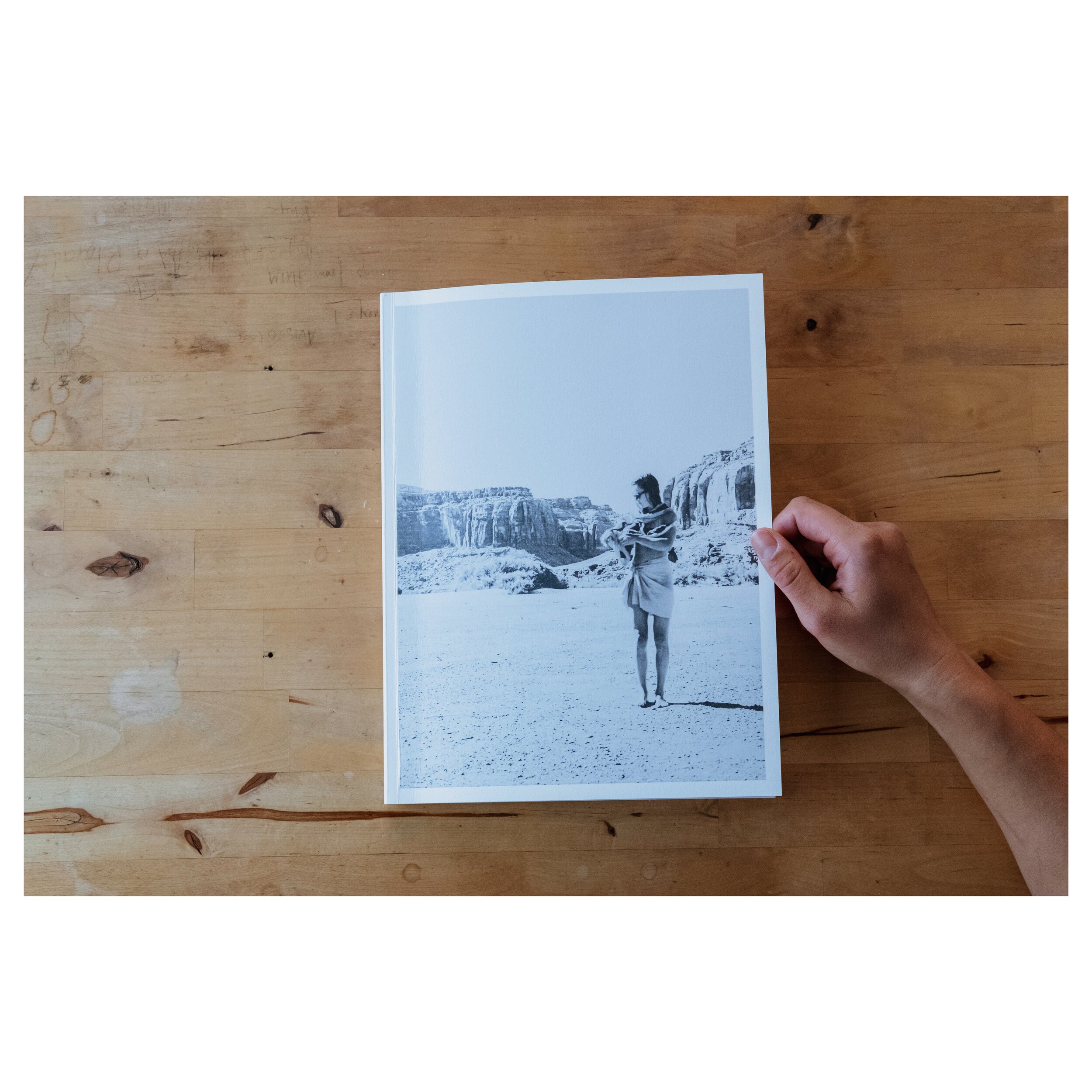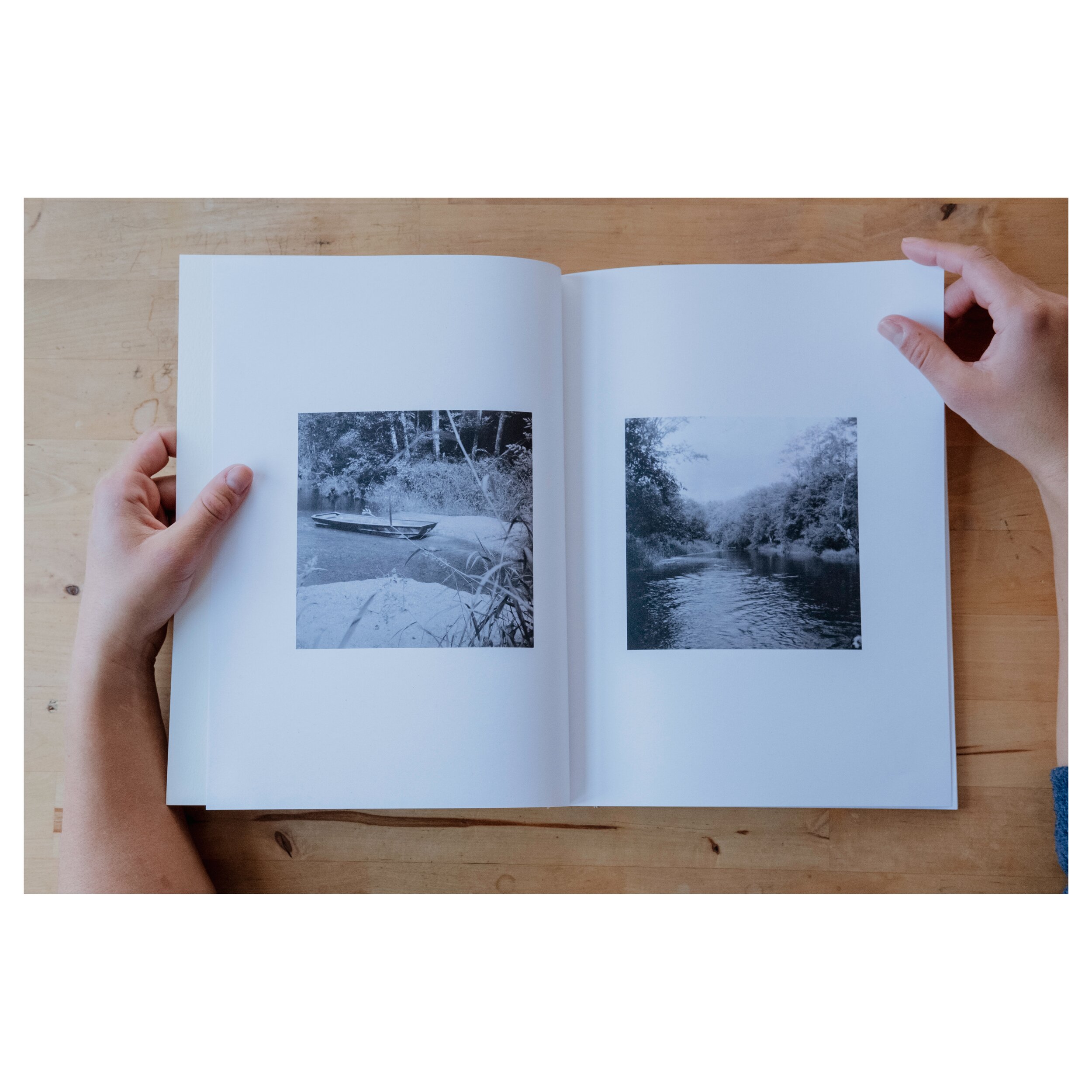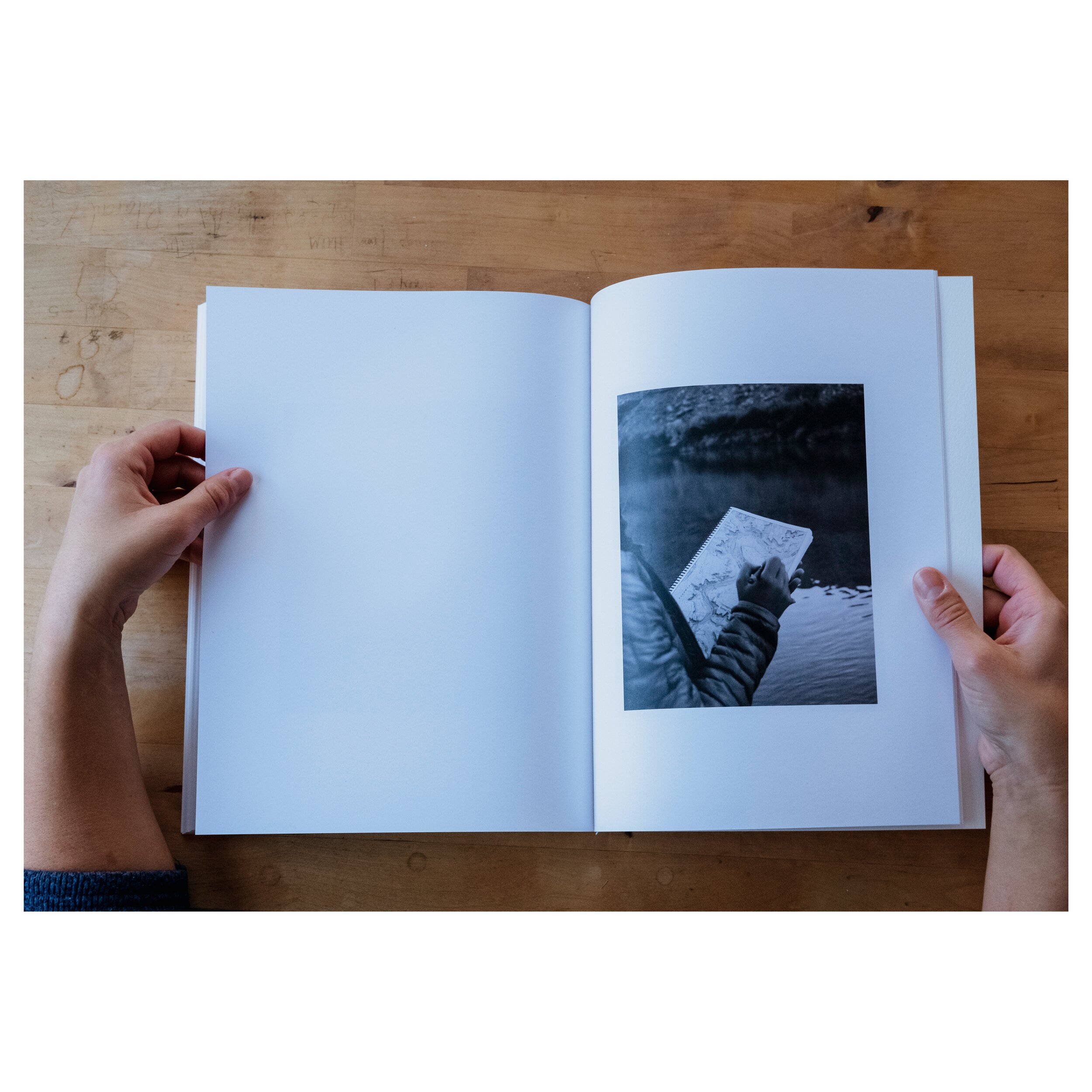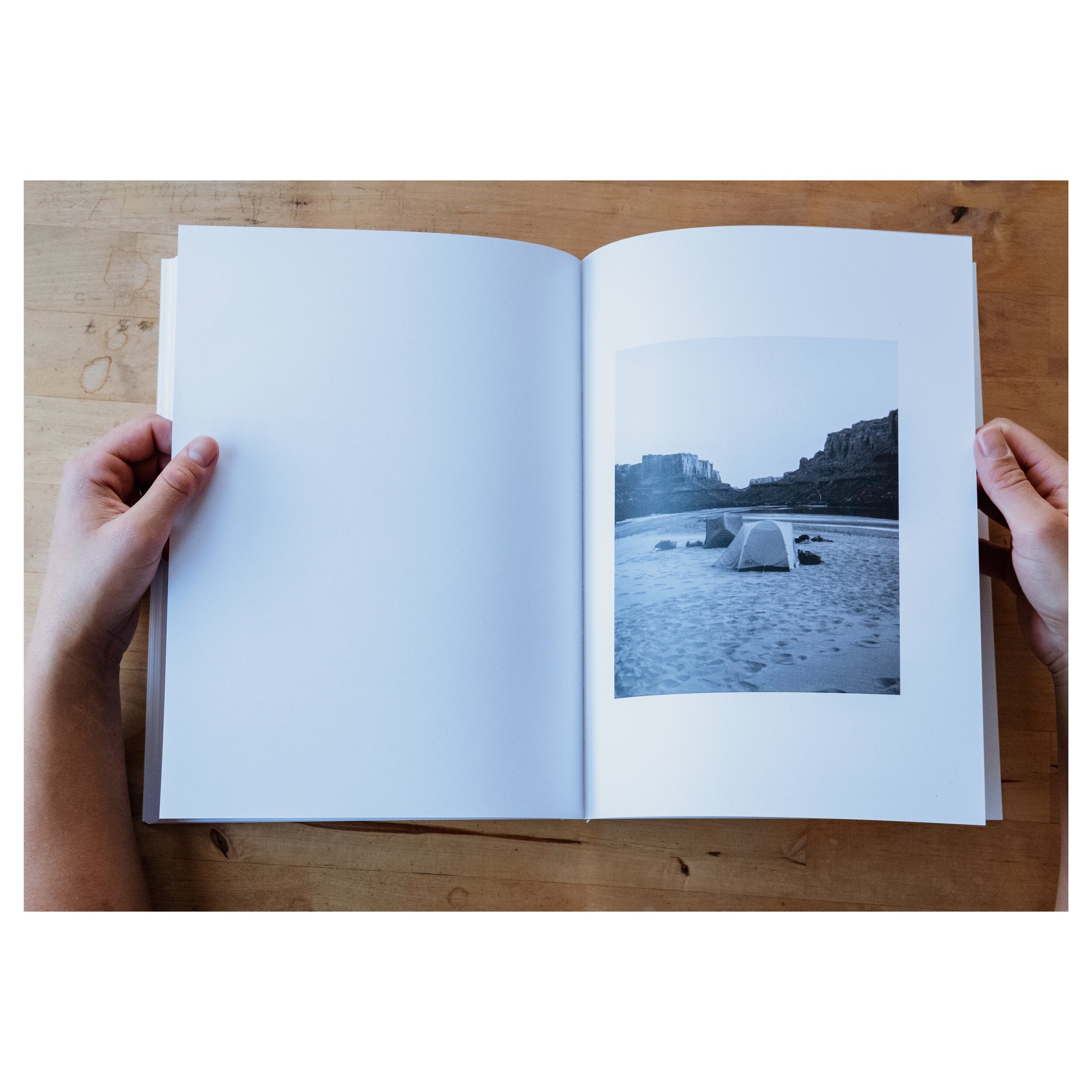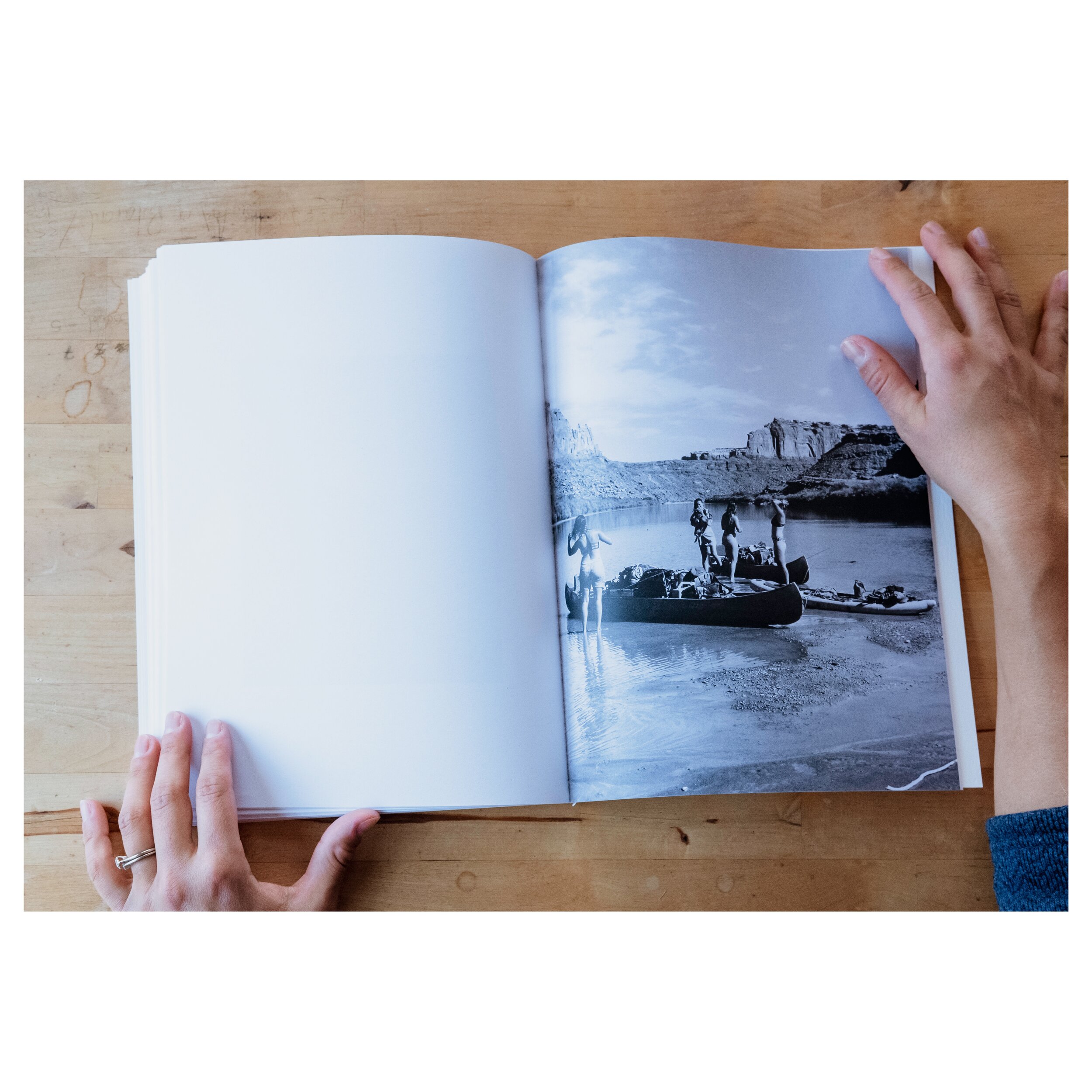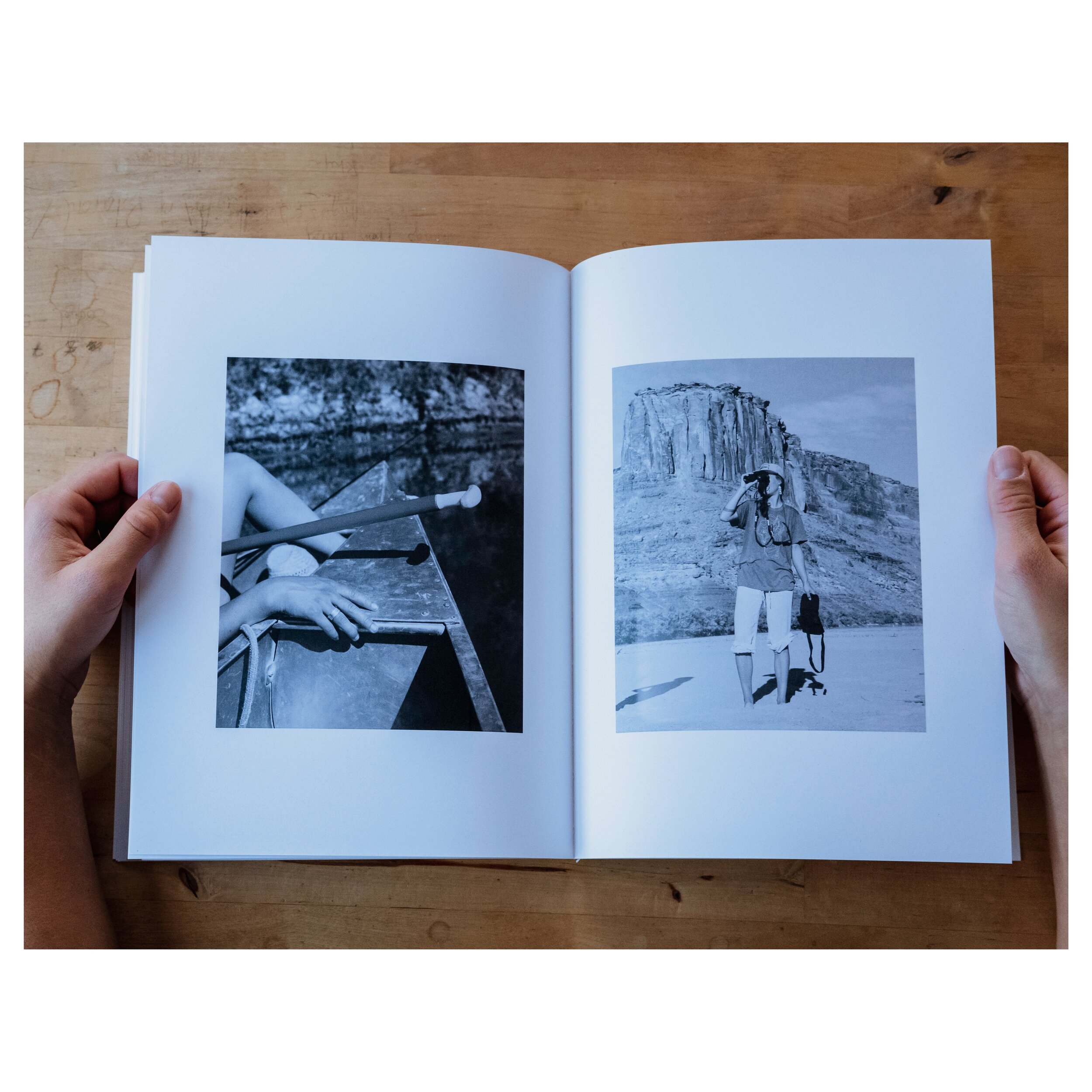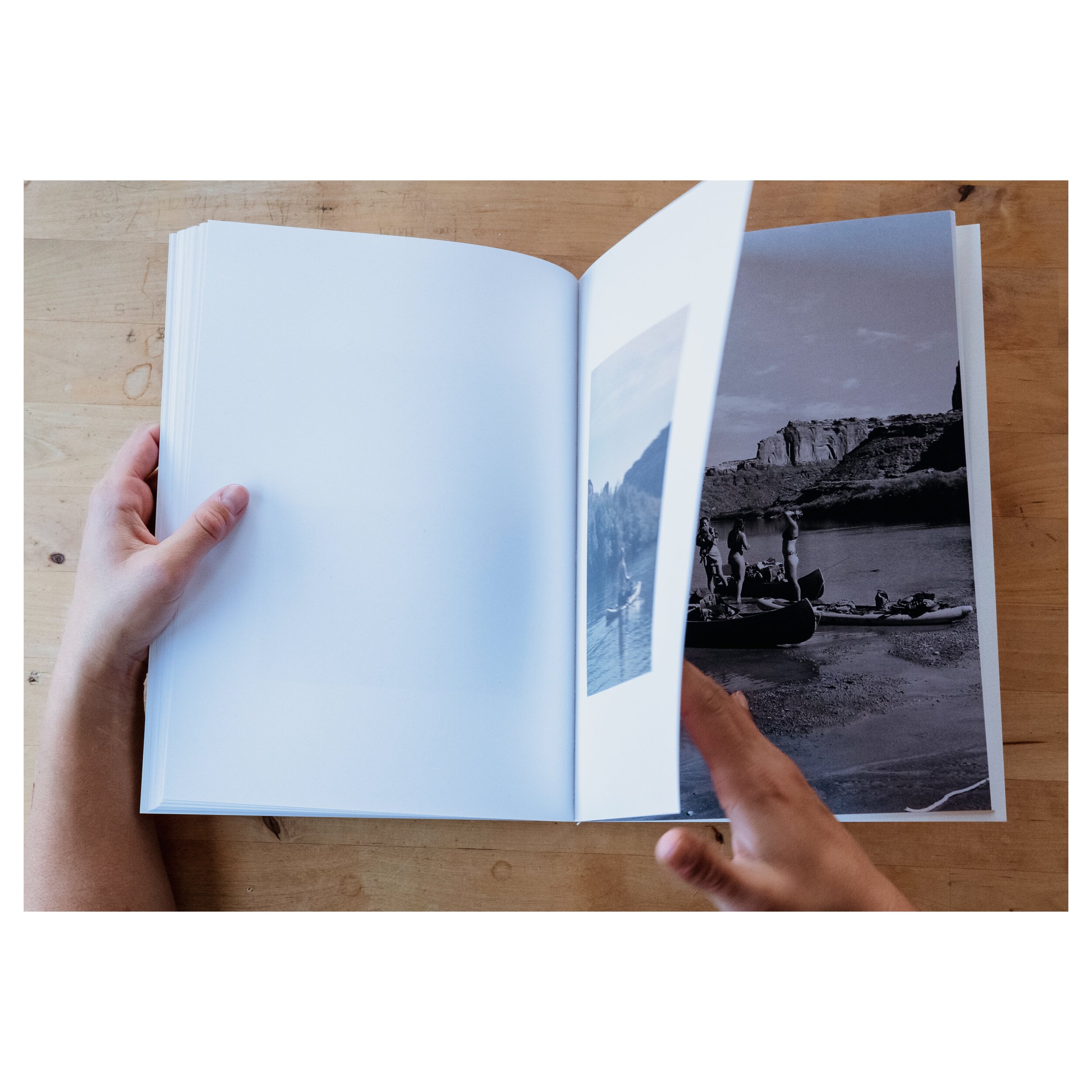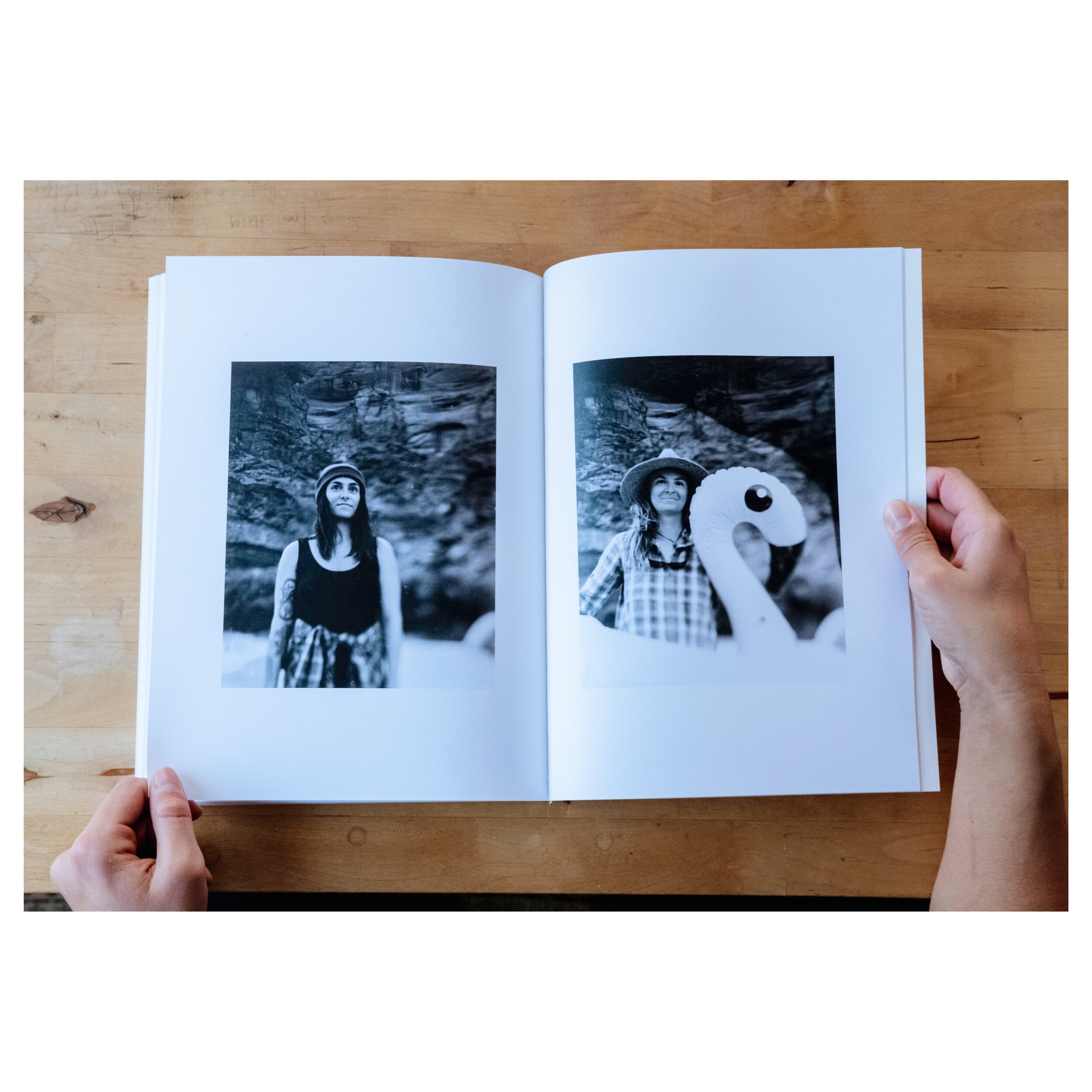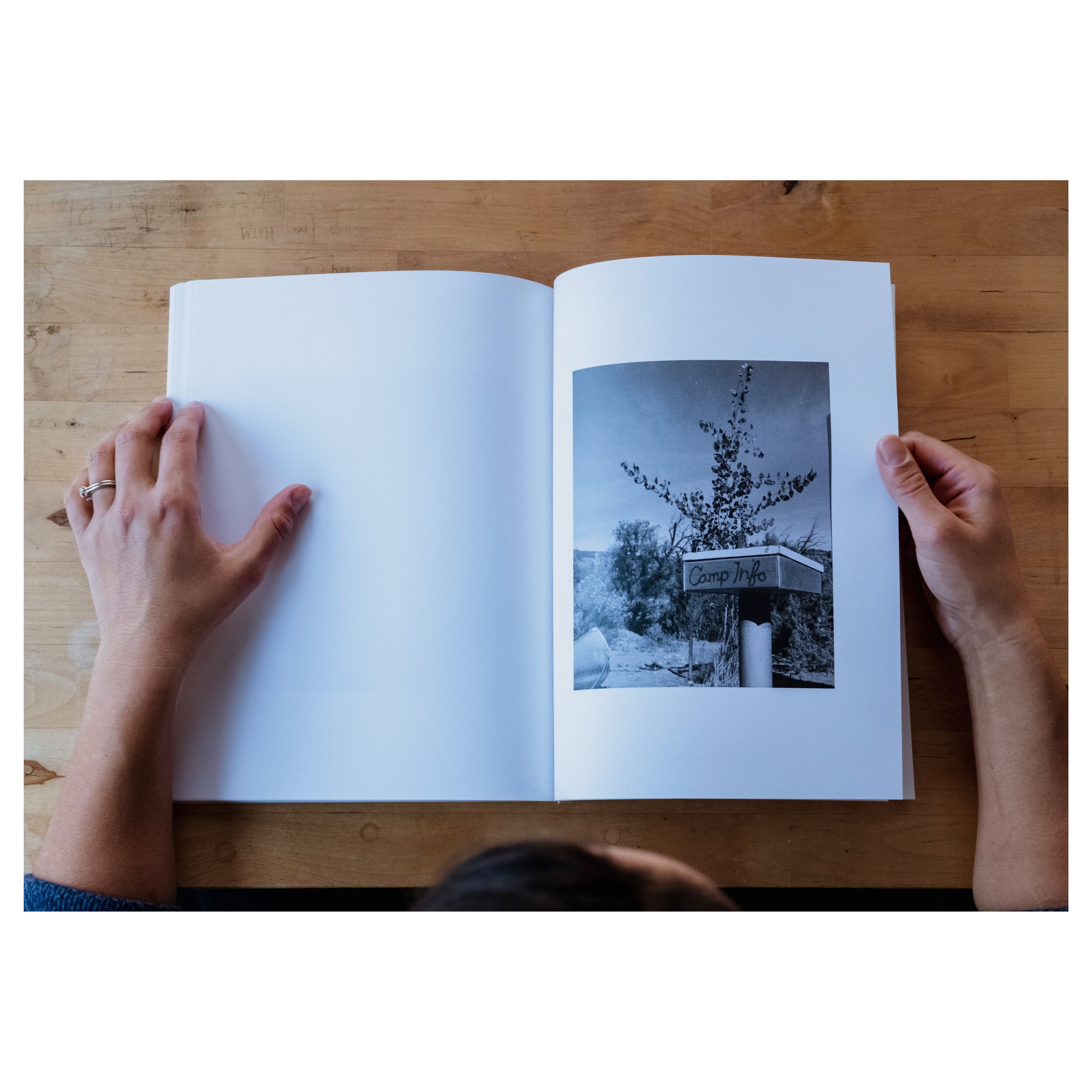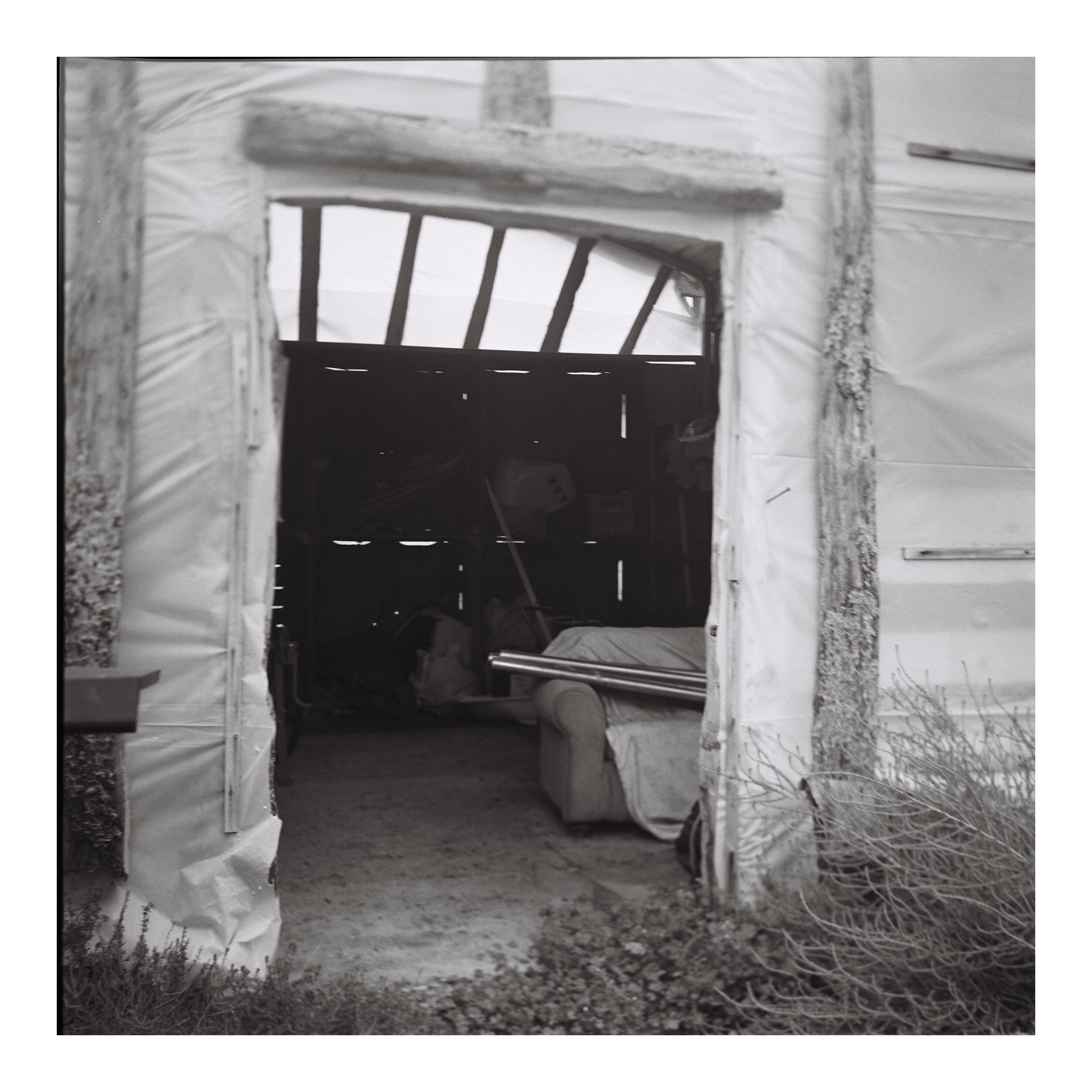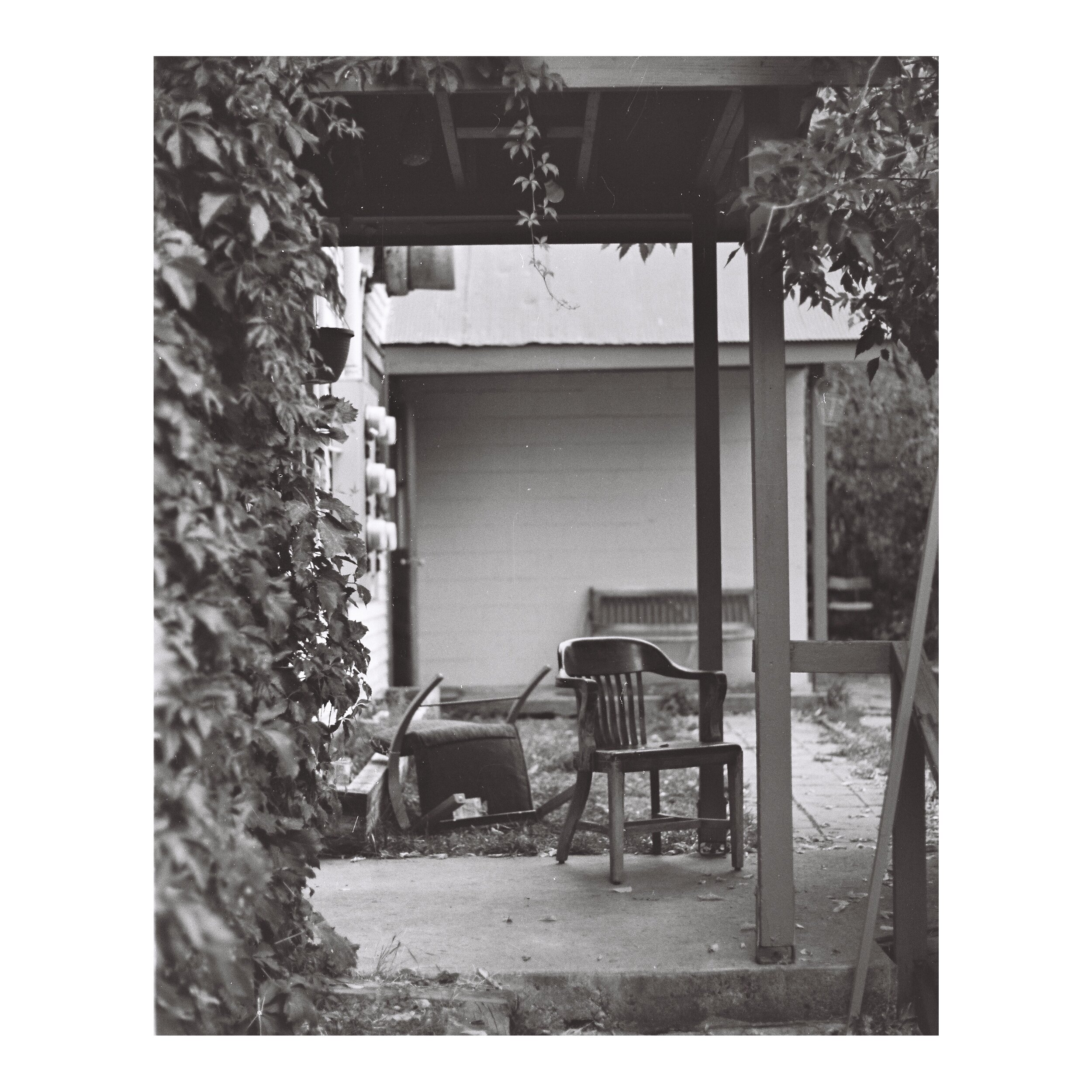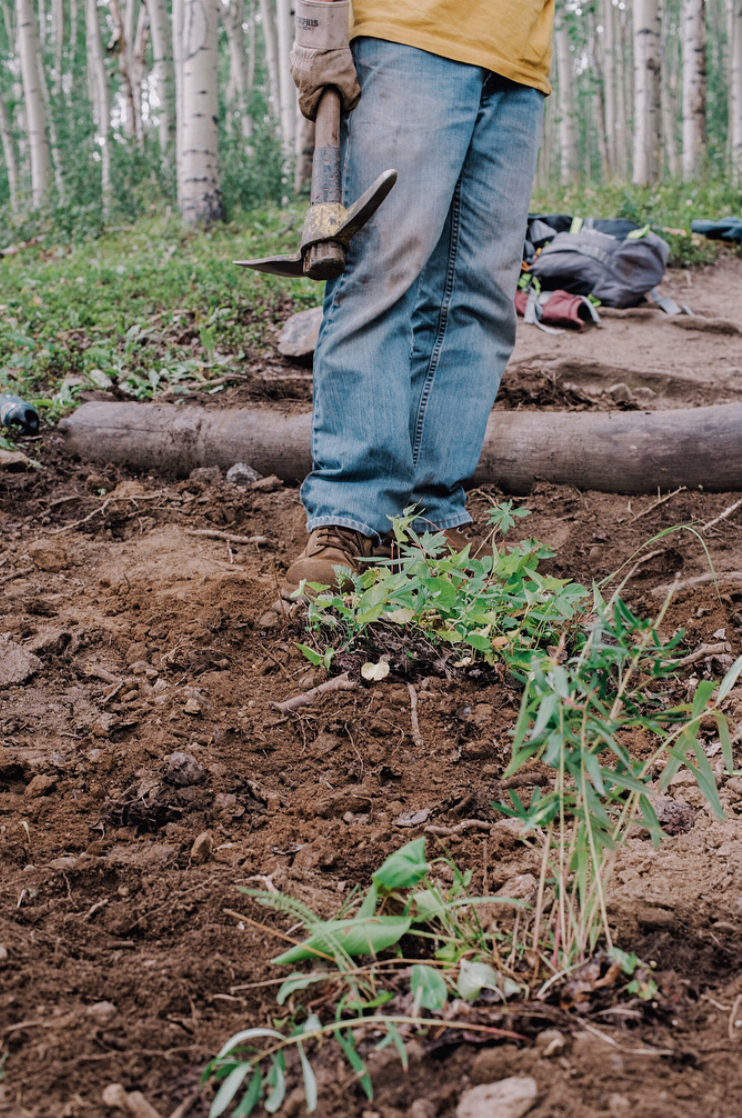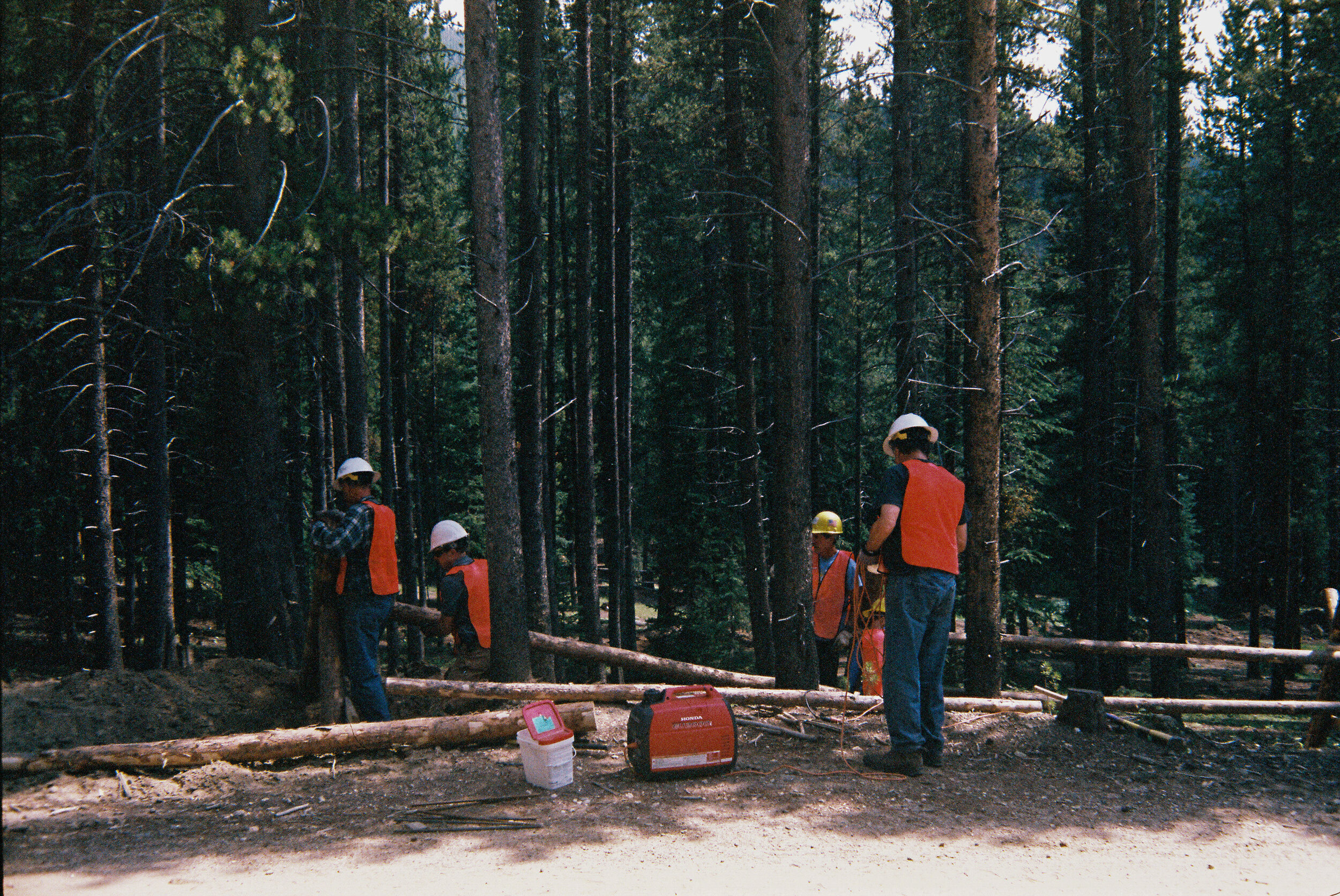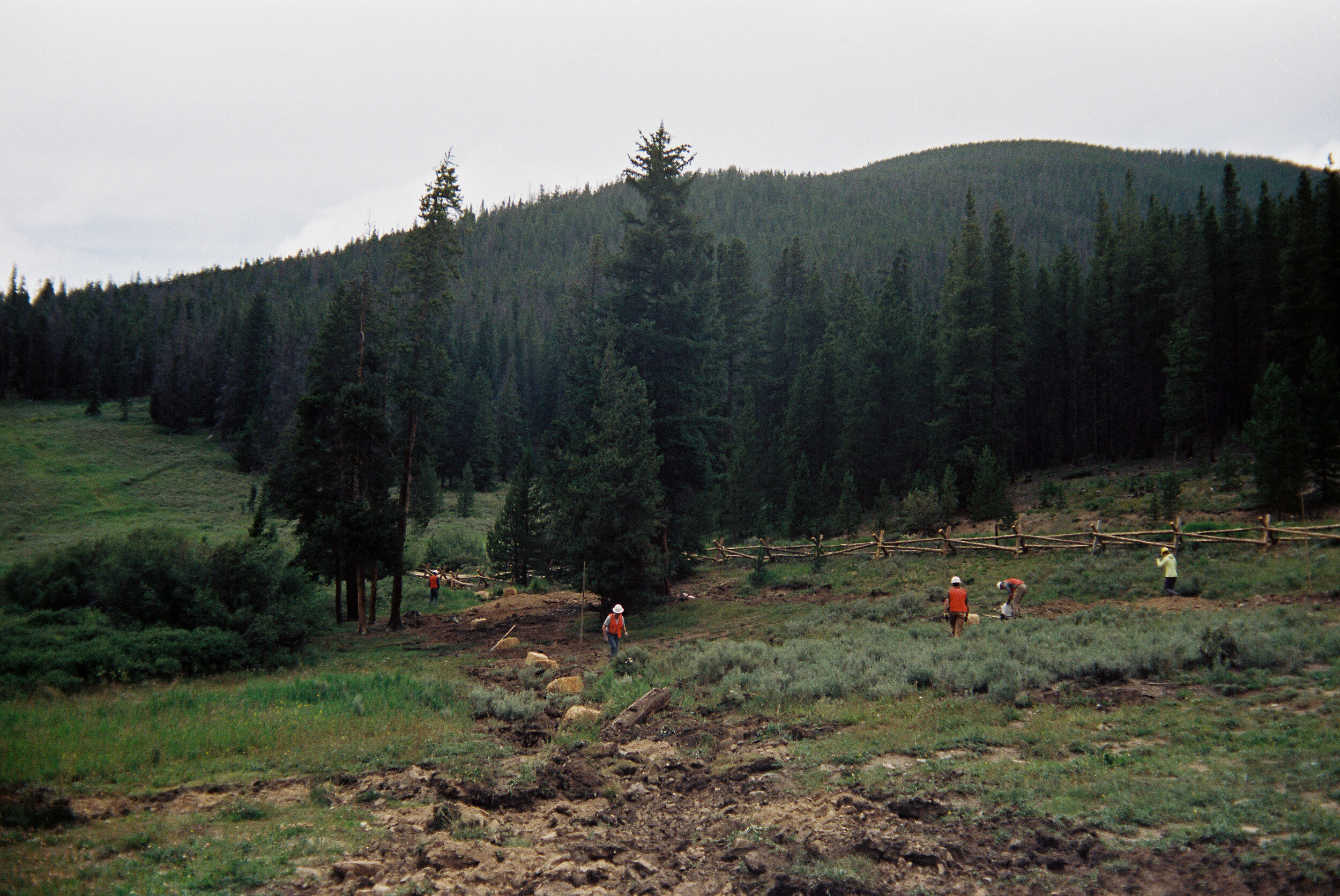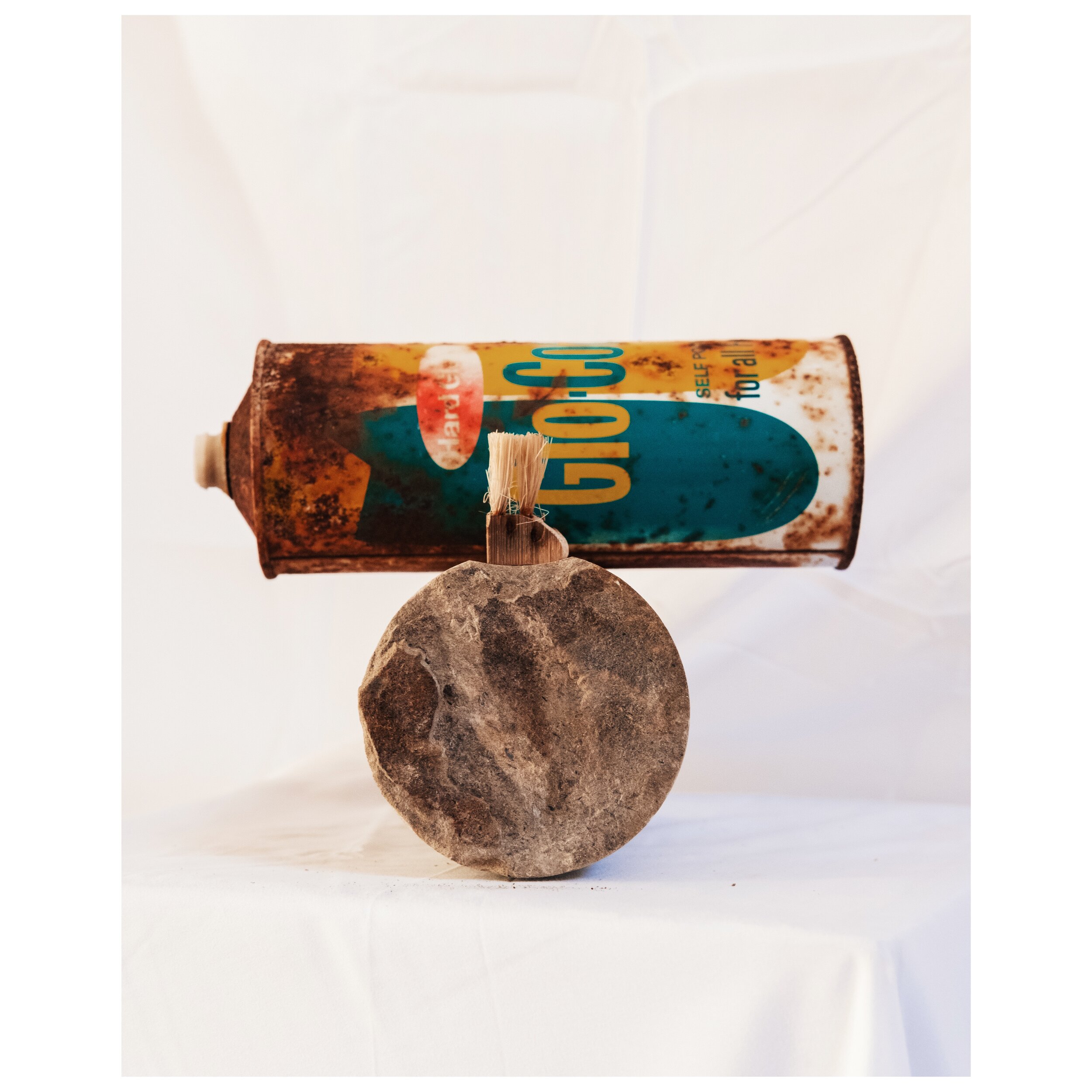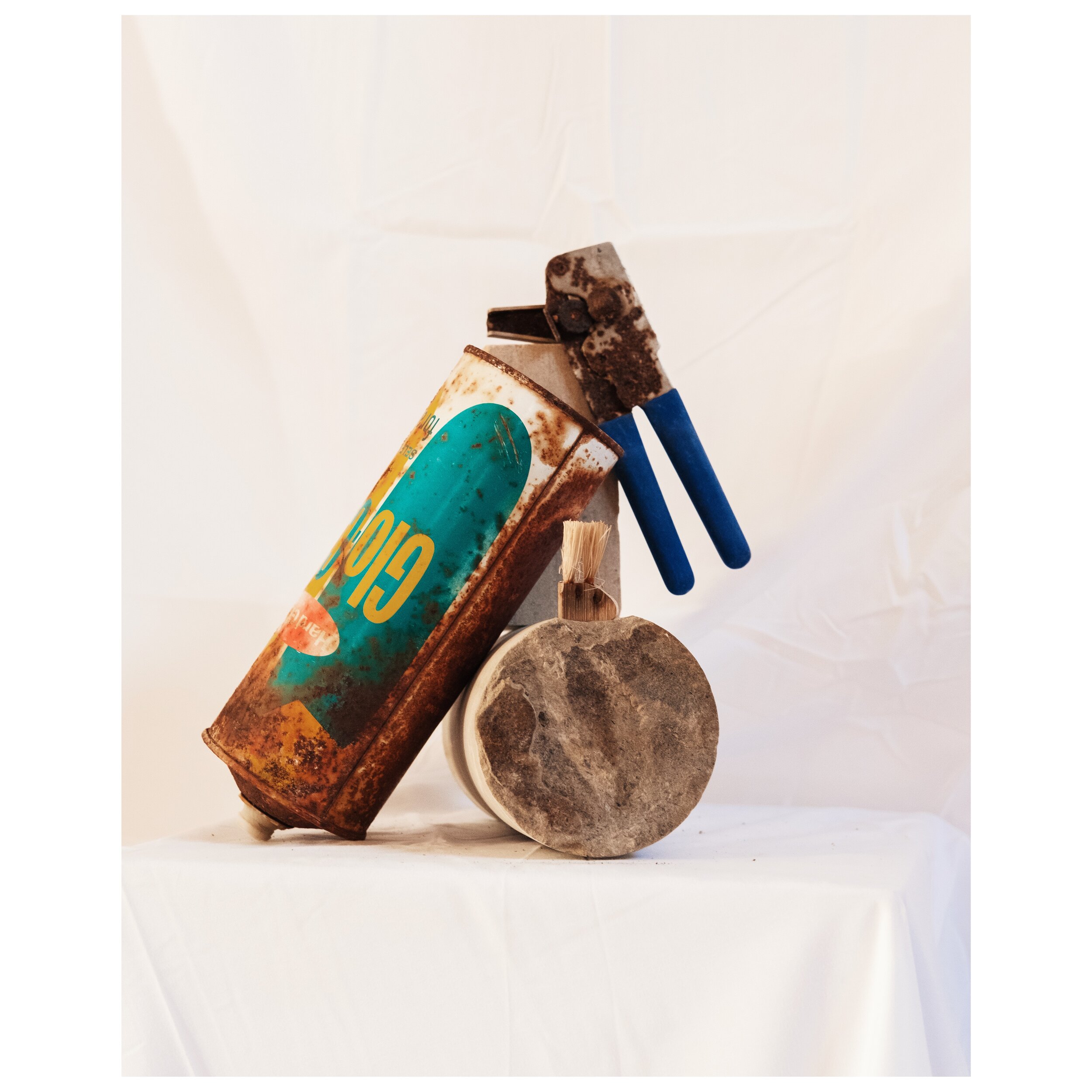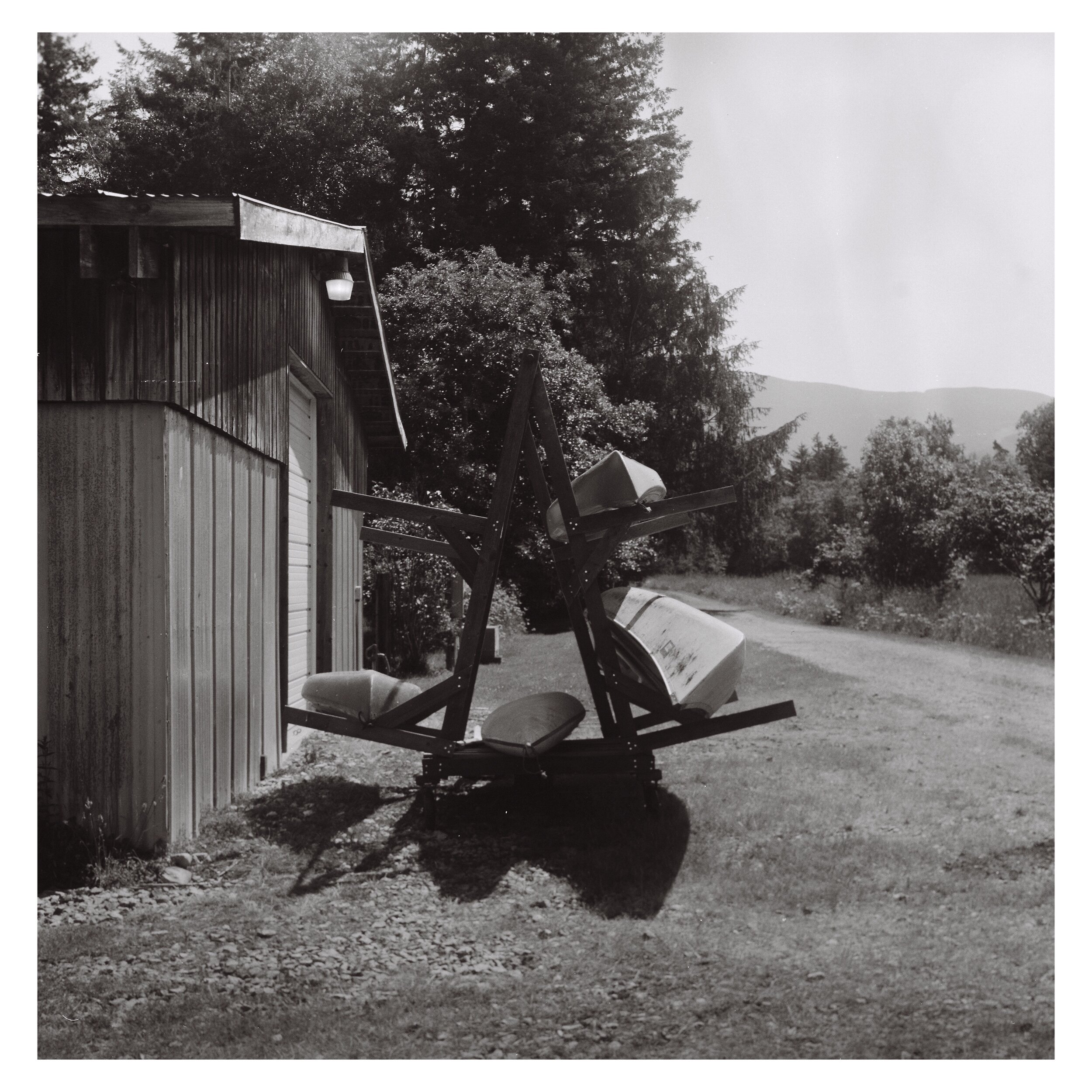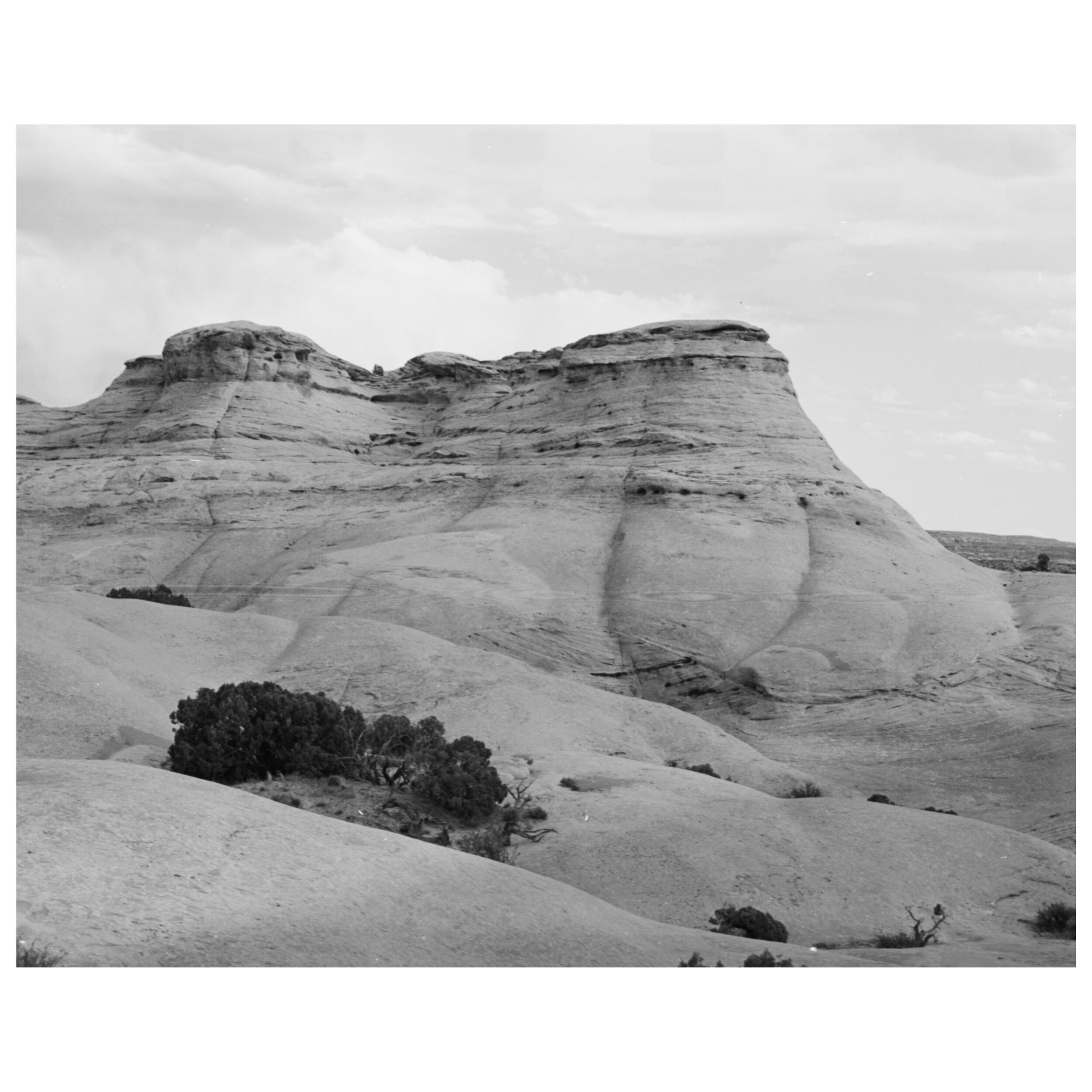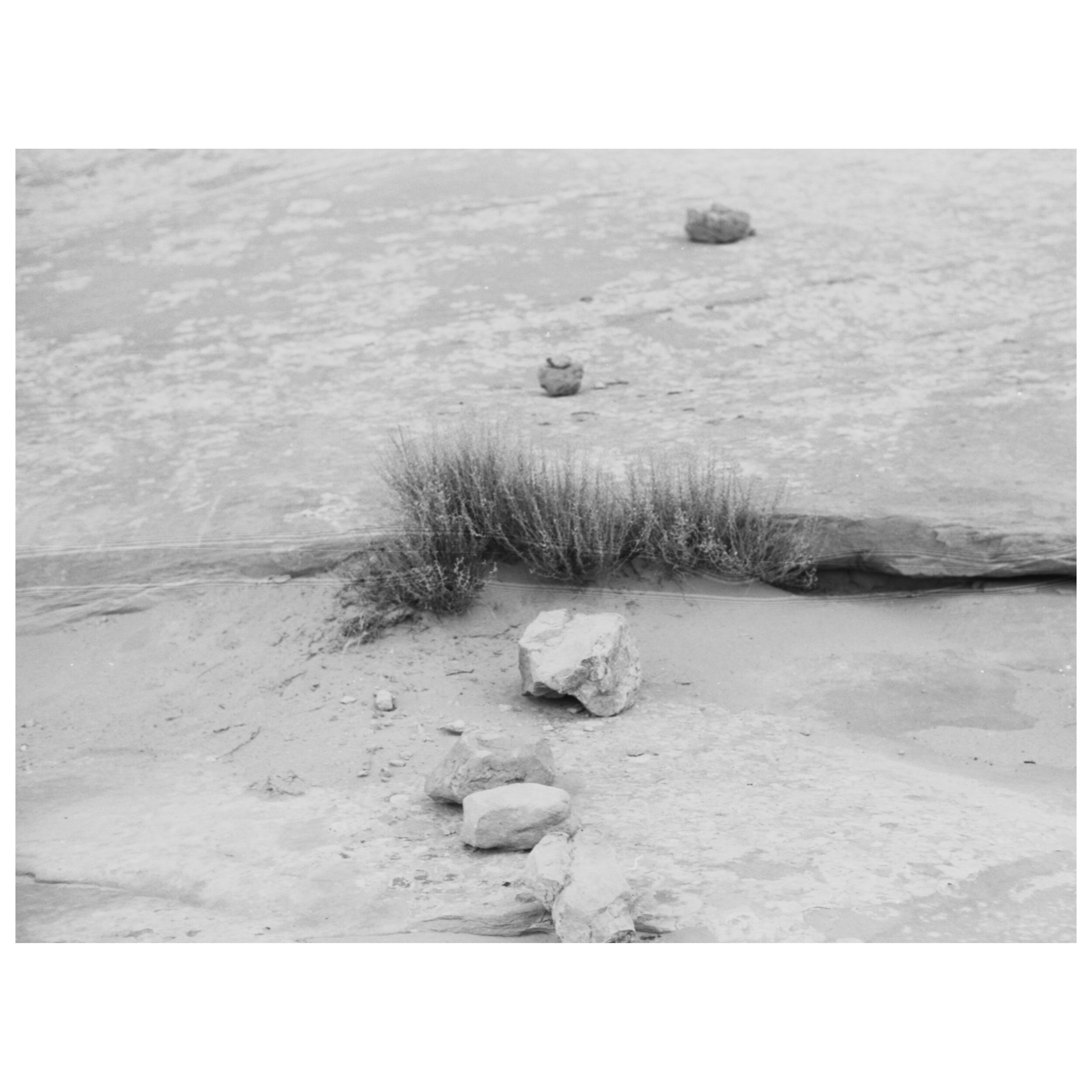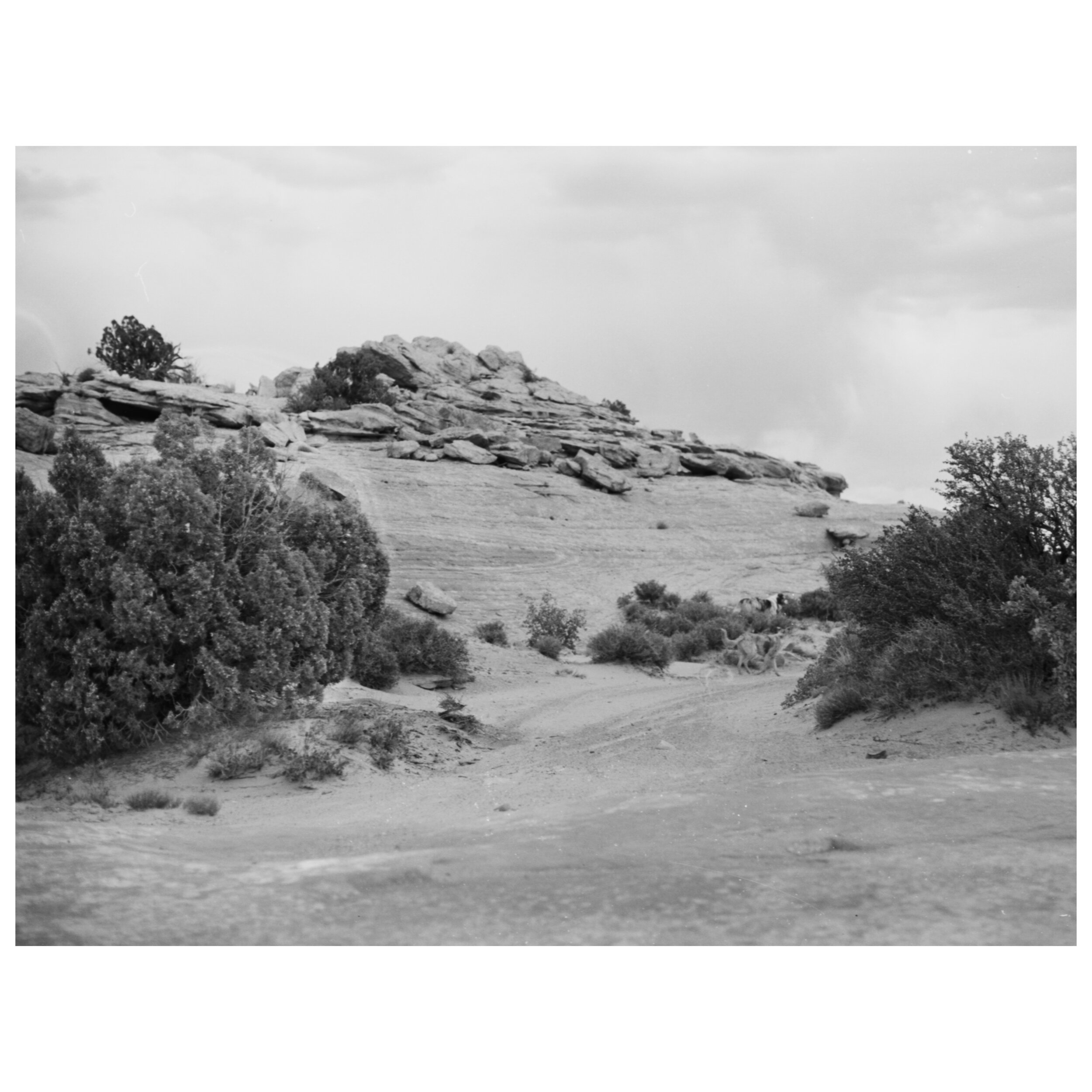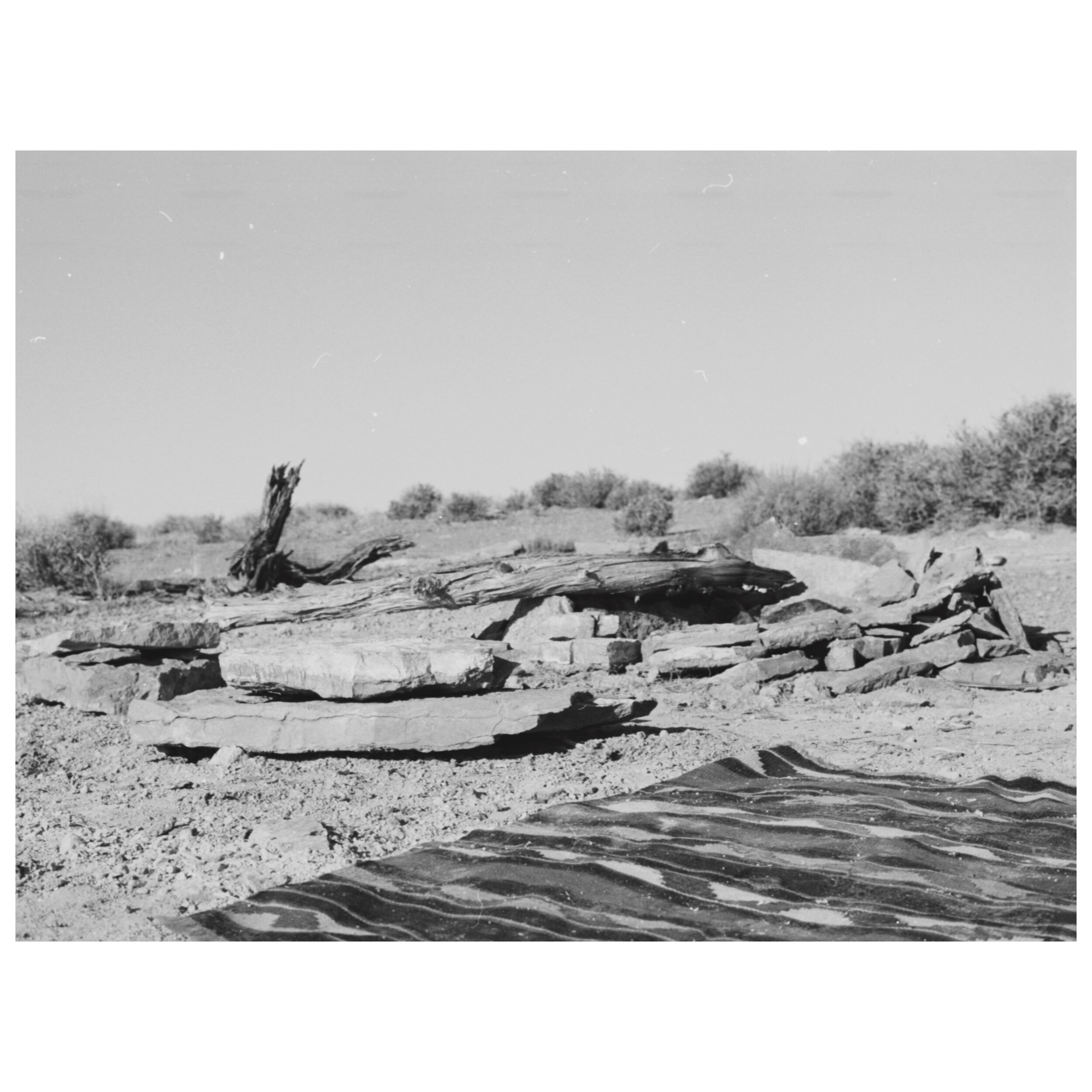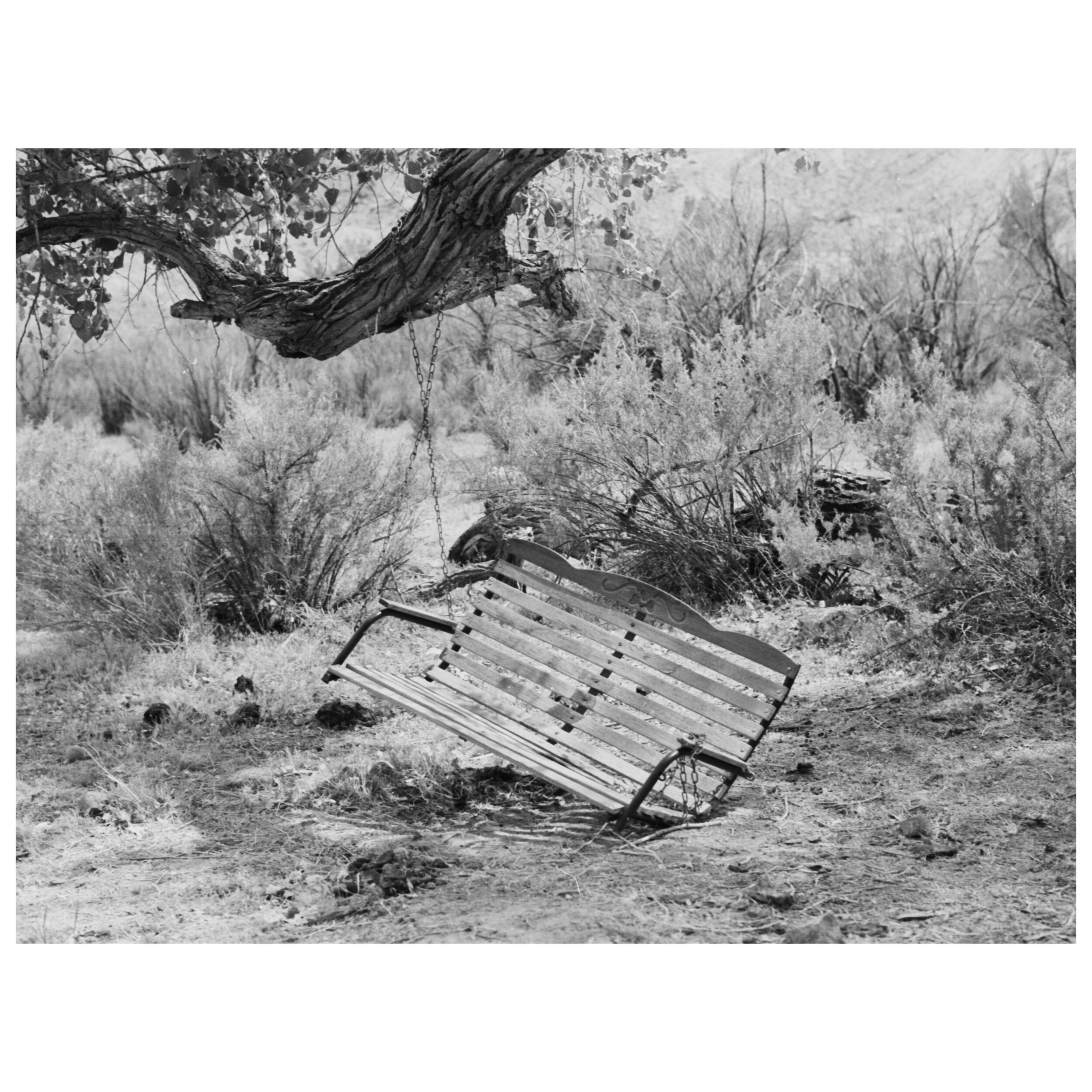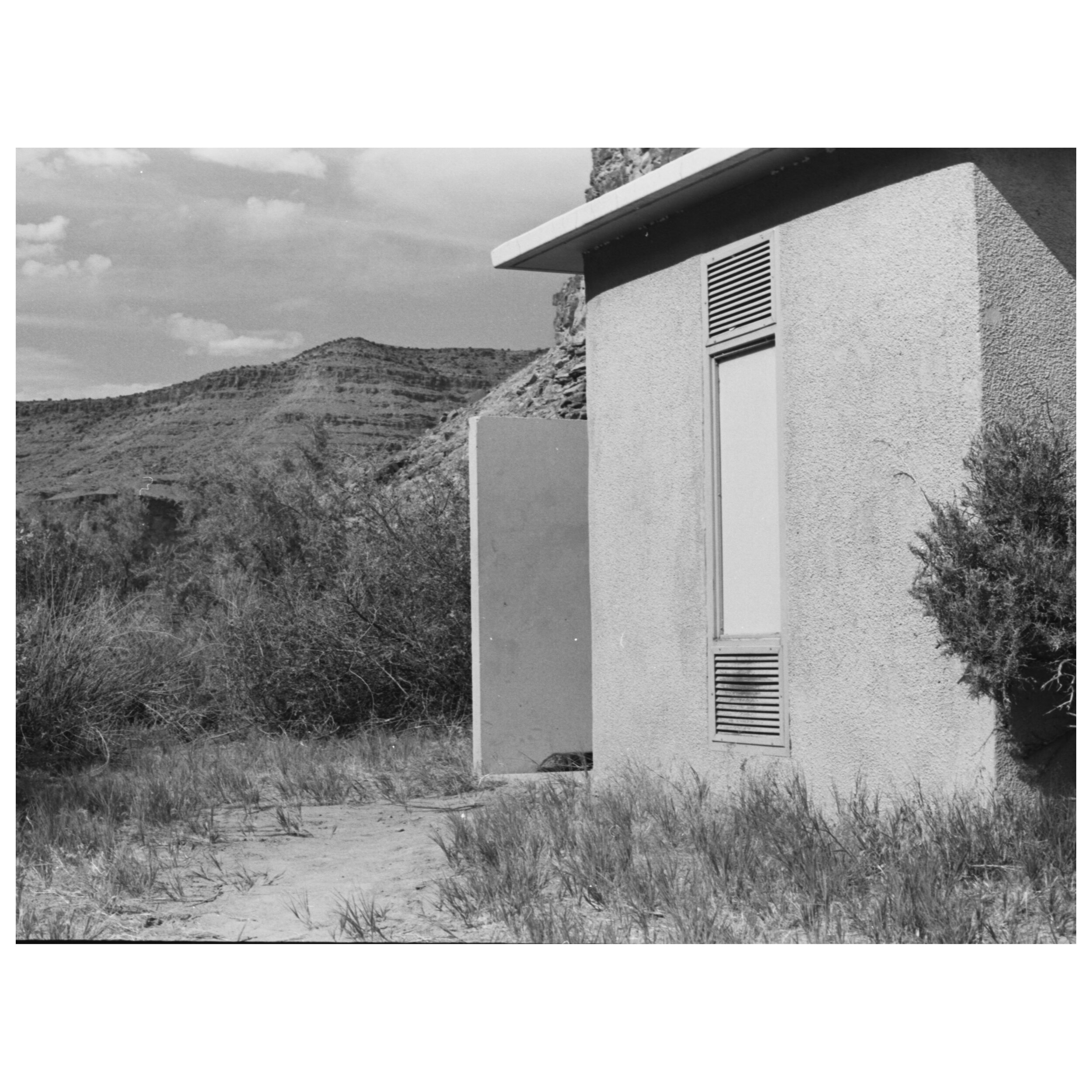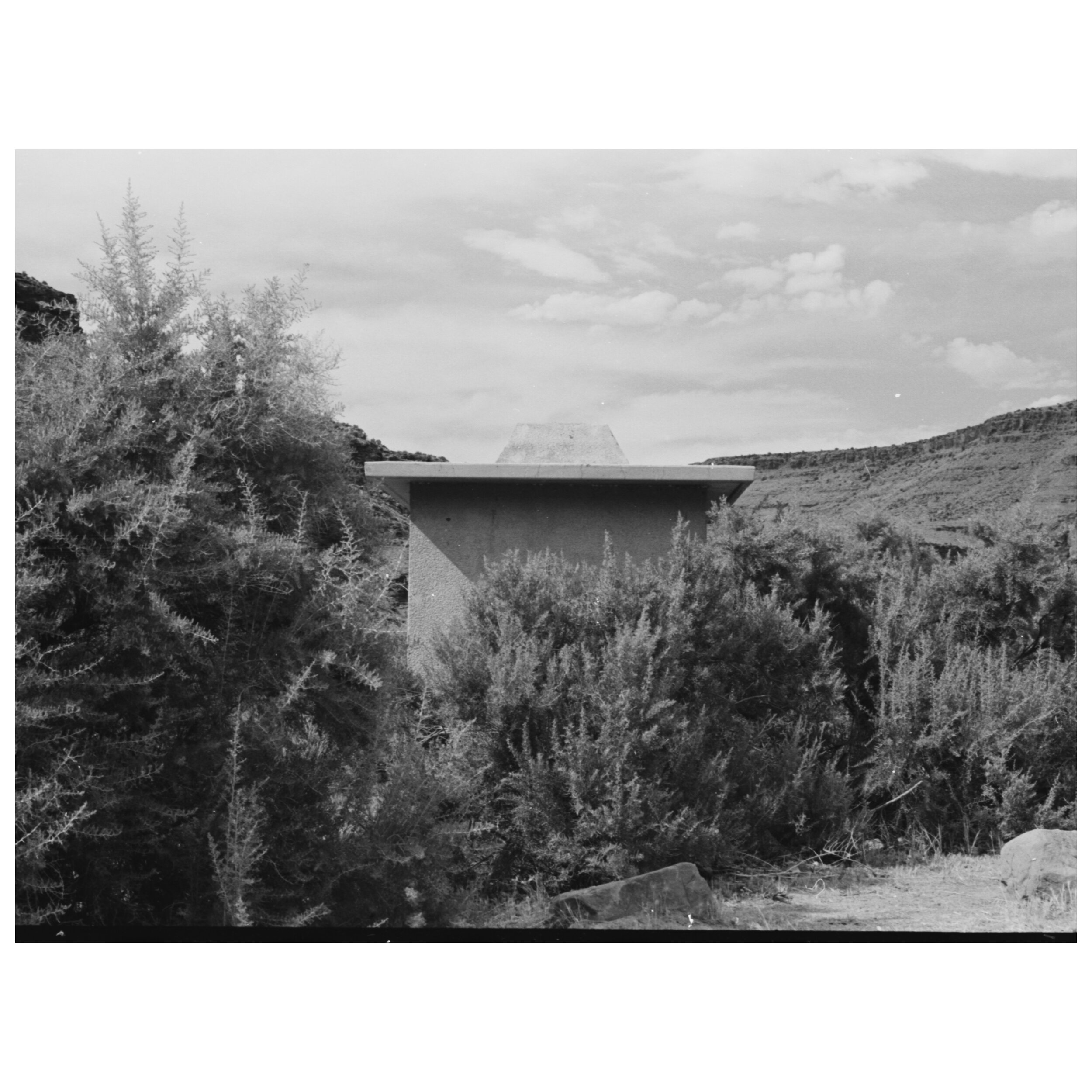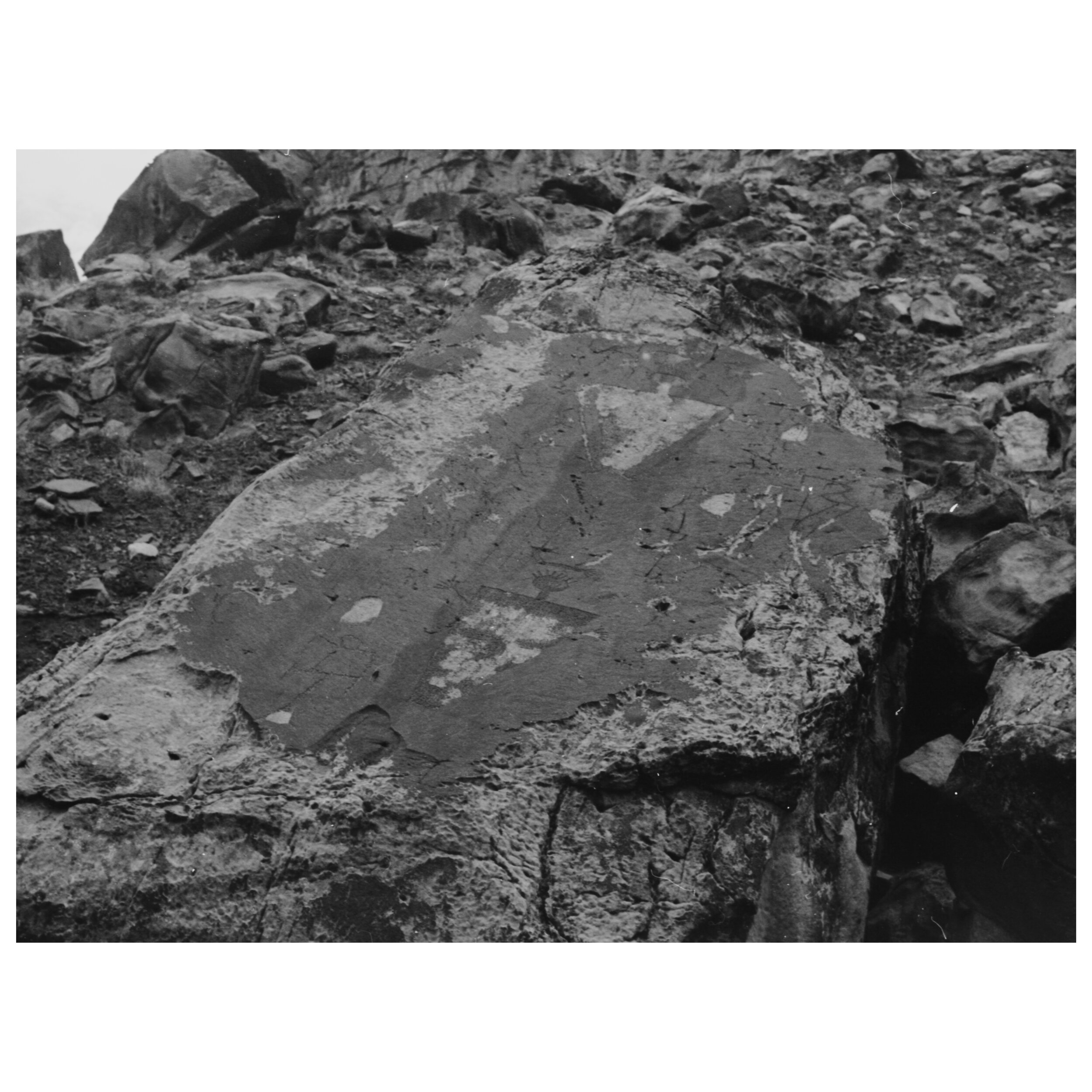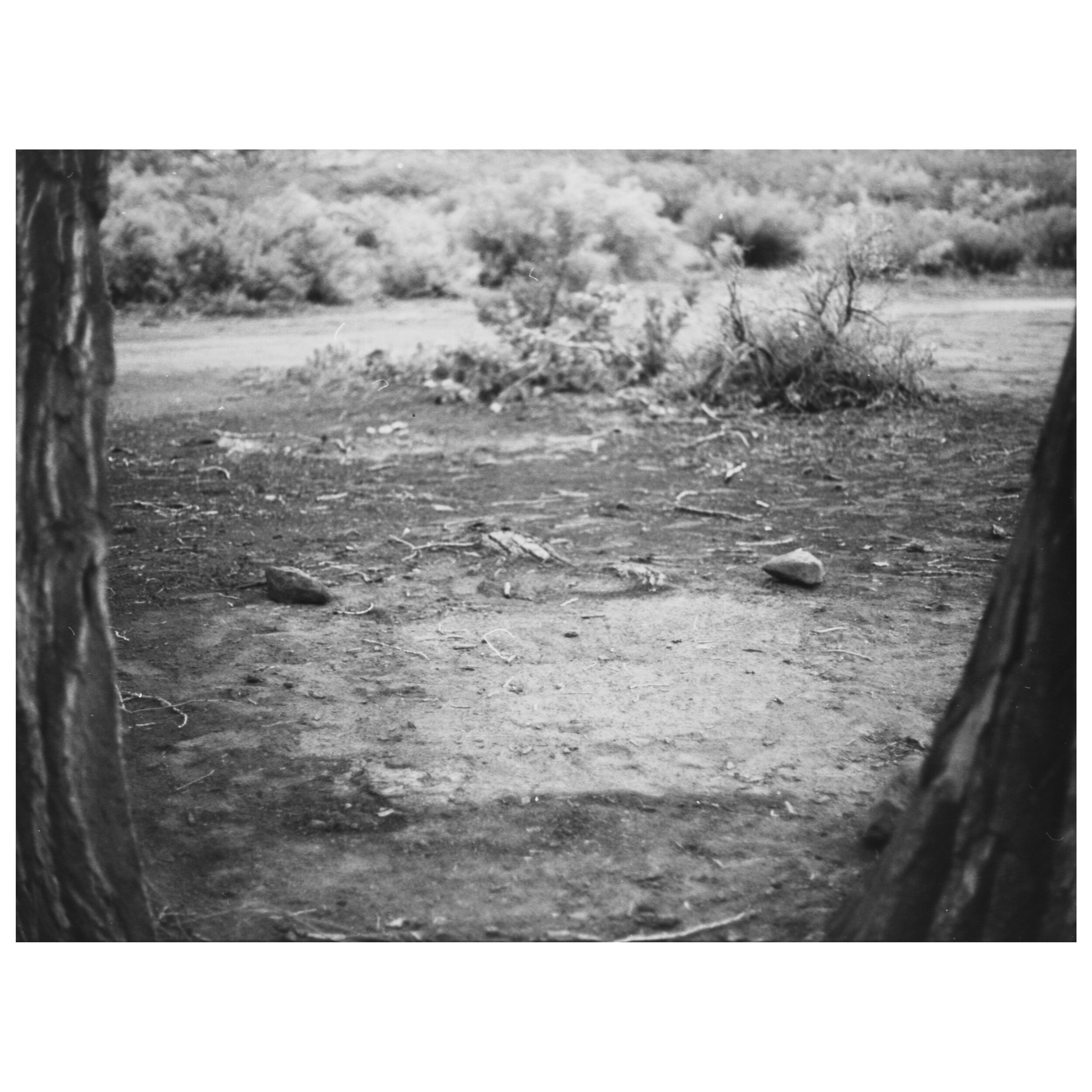Figure 1: Green River, UT Stevi McNeill
Overall I am pleased with where Common Ground is for my Final Major Project submission. Now I find myself looking forward and where I want to go from here. I have gained a lot over the whole MA, but it has been the last six months that have had the most considerable impact on me. I feel like I have more direction, focus and a clear voice as a photographer and artist.
I enthusiastically intended and to continue to explore the different avenues that Common Ground has presented to me personally professionally.
One of my first projects / Collaborations is with Canyon Coffee, where I will be producing product and lifestyle photos of their coffee dyed Sweatshirt developed in a coffee developer that I have made.
This has encouraged me to keep moving forward with Dust + Grit and expand, reach out to other companies that aline with what I am trying to create.
I also intended to keep experimenting with plant-based developers and hope to make them a sustainable and staple part of my process.
As mentioned in project development posts, I see the final book I produced easily being multiple books. I hope to spend some time making those books.
Moving into large format photography has been a long time coming. It has allowed me to be more direct and selective in how I produce my work and continues to push me into creating thoughtful and compelling imagery.
I will be submitting work to PHmuseum, Anti-Bad, Foto Forum Santa Fe, Analog Forever and other opportunities I will also keep seeking out portfolio reviews continue to build my network.



